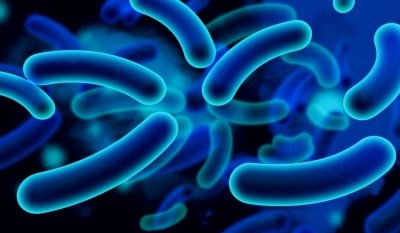Scientists have found a link between increased activity of good bacteria and resistance to colonization by the yeast Candida albicans. These results point towards developing methods of fighting yeast infection with good bacteria from our gut.
The human gut is home to many microbial species, including the yeast Candida albicans. When the immune system is suppressed; such as in transplant or cancer patients, or when taking antibiotics, the normally harmless C. albicans can overgrow. A new study, published in the journal Nature, found that activating immune factors found in ‘good bacteria’ in the gut, can increase resistance to infection by the yeast C. albicans.
Adult mice are naturally resistant to colonization by C. albicans. In this study the researchers compared the bacterial DNA taken from the gut of mice they infected with C. albicans, and bacterial DNA from the gut of mice that were not infected. The results showed that Bacteroides thetaiotamicron and Blautia producta were the two most effective bacterial species in eliminating C. albicans.
The researchers went on to study exactly how these bacteria eliminated C. albicans infection and found that they stimulated the mice to turn on a transcription factor (a protein that controls the expression of genes) called HIF-1α. HIF-1α is well known to increase the expression of a natural antimicrobial called cathelicidin, and the human version of cathelicidin is known to have anti-C. albicans activity. Additional studies showed that these two bacterial species produce short chain fatty acids that are able to stop or prevent C. albicans growth.
Mimosine is a compound well known to increase the stability of HIF-1α in cells. In this study it was shown that mice; given antibiotics and infected with C. albicans, had better survival rates when treated with Mimosine than mice that were not given this compound. Though more studies are needed to optimize exactly how to boost their activity, the results point to the potential for fighting yeast infection with good bacteria.
Fan D, Coughlin, LA, Neubauer, MM, Kim, J, Kim, MS, Zhan, X, SImms-Waldrip, TR, Xie, Y, Hooper, LV, Koh, AY. Activation of HIF-1α and LL-37 by commensal bacteria inhibits Candida albicans colonization. Nature Medicine. 21(7):808 – 814. June 2015
Image courtesy of dream designs at FreeDigitalPhotos.net
Written by Sujani Ganeshanantham, MSc



